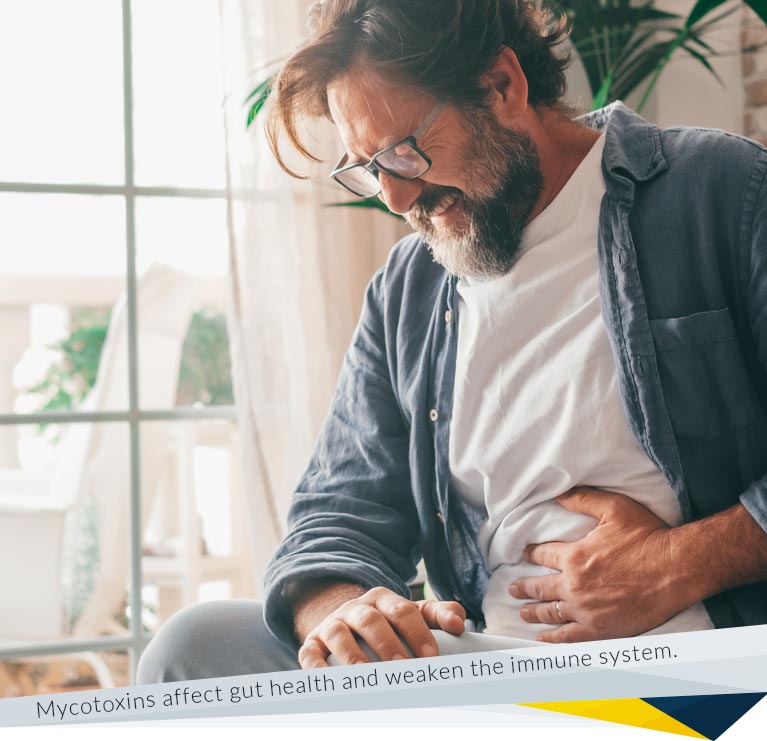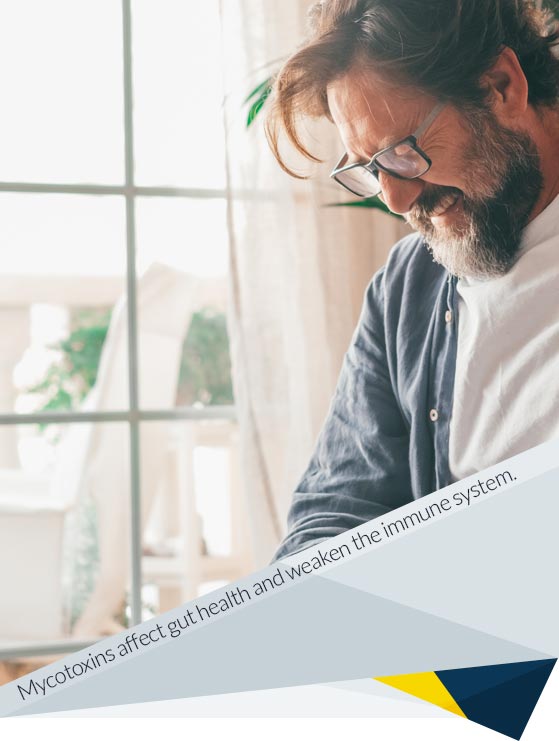
Coast to coast and even worldwide, mold is a part of our daily lives... for good and bad. Mold benefits the planet by breaking down dead organic matter. Still, their mycotoxins - the toxic byproducts of mold - create health issues. The CDC reports that the National Academy of Medicine has linked indoor exposure to mold to respiratory tract issues, coughs, wheezing, asthma, and hypersensitivity pneumonitis in people susceptible to that condition. An article from Frontiers in cellular and infection microbiology reports about the many ways mycotoxins affect gut health, including digestive problems from mold
The best way to avoid mycotoxins is to limit exposure. Effective ways include adopting healthy habits and removing mold infestations. This article looks closely at digestive issues that come from mycotoxins and provides practical steps for limiting symptoms and preventing further exposure to mold.
To get into the gastrointestinal tract, this often occurs through ingesting mold contaminated food. Mycotoxins travel with bile throughout the gastrointestinal tract, adhering to nearly every cell and causing inflammation. This can make the body susceptible to bacterial, viral, and parasitic infections. As inflammation in the body increases, it can exacerbate the problem further.
The mycotoxins can also weaken the immune system, leading to diseases within the intestine. Mycotoxins can cause chronic inflammatory response syndrome (CIRS) (See Altern Ther Health Med. 2022 Jul; 28(5):8-11.)
There is some discussion that mycotoxins can cause a leaky gut. In this condition, holes in the intestinal lining are enlarged, allowing contents to enter the bloodstream directly, leading to health issues. Definitive proof of this is still to come.




Symptoms of mold exposure can take many different forms and worsen over time if actions aren't taken to address the issues. Some common symptoms include:
Continued inflammation and the body's reaction to it by overproducing cytokines also leads to issues with brain response that can lead to seemingly unrelated issues, such as:
If any of the above symptoms surface, seek medical attention to reduce the symptoms and begin working on ways of limiting your exposure to the mold. Here are some effective strategies to keep mold exposure at bay.
The good news is that the symptoms are treatable. Here are some practical solutions:
Symptoms are exacerbated by diet, use of antibiotics, stress, exposure to other toxins, and genetics. Thankfully, there are ways to limit or eliminate most of these issues.
Per the FDA, mycotoxins are commonly found in various foods, so reducing or eliminating these from your diet can be beneficial. Key food groups to focus on include grains, dairy, processed foods, and fermented items.
Here's a detailed look at what foods to cut back on or avoid:
Additionally, a doctor can help with reducing and eliminating symptoms. Medication provides relief from pain, nausea, vomiting, and diarrhea. If symptoms lead to dehydration, a doctor may suggest intravenous fluids. A doctor can also treat other non-digestive issues, such as respiratory and allergy issues.
A doctor may prescribe antibiotics, but only in some cases. Antibiotics may exacerbate symptoms.
As stated earlier, eating food isn't the only activity that leads to mold issues. It can enter the body through the lungs and skin. If mold is in the home, it should be removed as much as possible.
The best option is to enlist the help of a professional mold service. For homes on the east coast, call FDP Mold Remediation to take professional action at 877-421-2614. The company offers mold inspection, testing, disinfecting, and remediation. It is an easy, all-in-one source for mold prevention and remediation.
Also, look for areas of the home with water damage and little airflow. Mold often accumulates in damp, wet, and musty regions. Additionally, store, wash, and prepare food carefully. Food in the refrigerator and cabinets should remain fresh, and all leftovers and food inside open cans should be placed in tightly-sealed containers. Wash your food thoroughly and cut off mold sections or discard the food altogether.
Another powerful way to limit mold is by proactively preventing growth inside the home. Here are some key ways to do it.
Look for any signs of leakage or water damage along floors, walls, ceilings, and under staircases. Regularly inspect attics and basements since water accumulation often needs to be checked in these harder-to-reach areas.
Here are some ways to minimize moisture buildup:
Though an air conditioner is recommended, it can be a source of mold if not inspected regularly. Cool air from the systems reacts with warm air in the room, building up moisture around the vents.
Deeper inspections of homes are recommended yearly, with close attention paid to stains and any musky smells. Since mold sits behind walls, a smell test is an excellent way to track it down.
FDP Mold Remediation can also assist with these inspections and offers 24/7 service for emergencies. Services include full inspection, sourcing the issue, reviewing your mold history, and making a thorough mold remediation plan.
When mold is detected, remove it quickly. FDP Mold Remediation is available for homes on the east coast, including New York. The company's remediation specialists are IICRC certified for Mold Remediation and Water Damage Restoration, and they handle the entire job from inception to completion. Steps include:
As shown above, digestive issues are reduced by implementing diet changes, consulting a doctor, and removing mold. In addition, ongoing preventative steps like proper cleaning, intelligent food prep, regular home inspections, and home repairs keep mold from growing in the first place. All it takes is some practice to make it a routine.
Our goal is to provide reliable and efficient mold remediation solutions, giving our clients peace of mind and a healthy living or working environment. If you're in Clifton, NJ, Baltimore, MD, Dallas, TX, Miami, FL, or Queens, NY and require mold remediation services, don't hesitate to reach out to us. Our experienced team is ready to assist you in resolving any mold-related concerns you may have.



